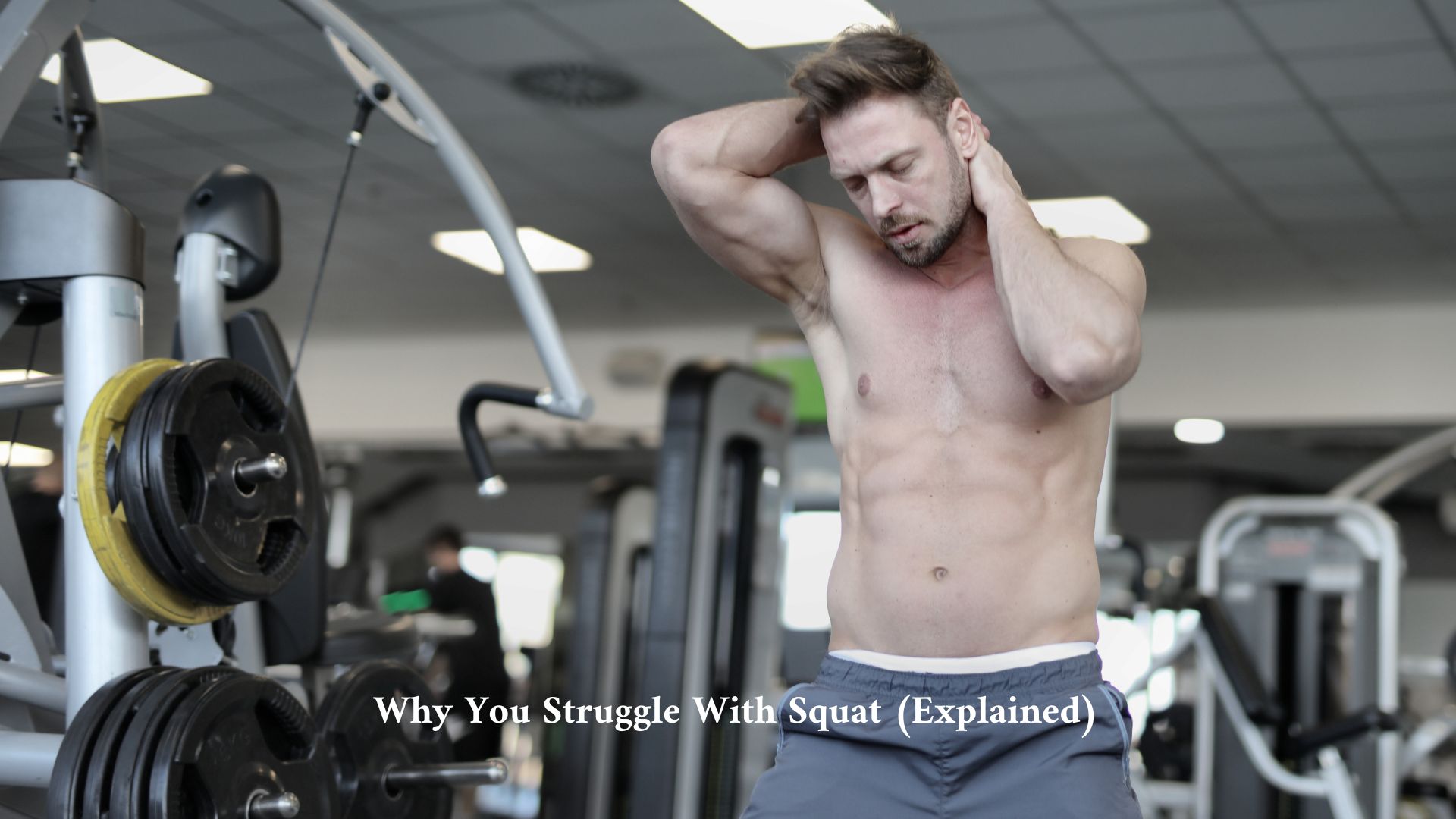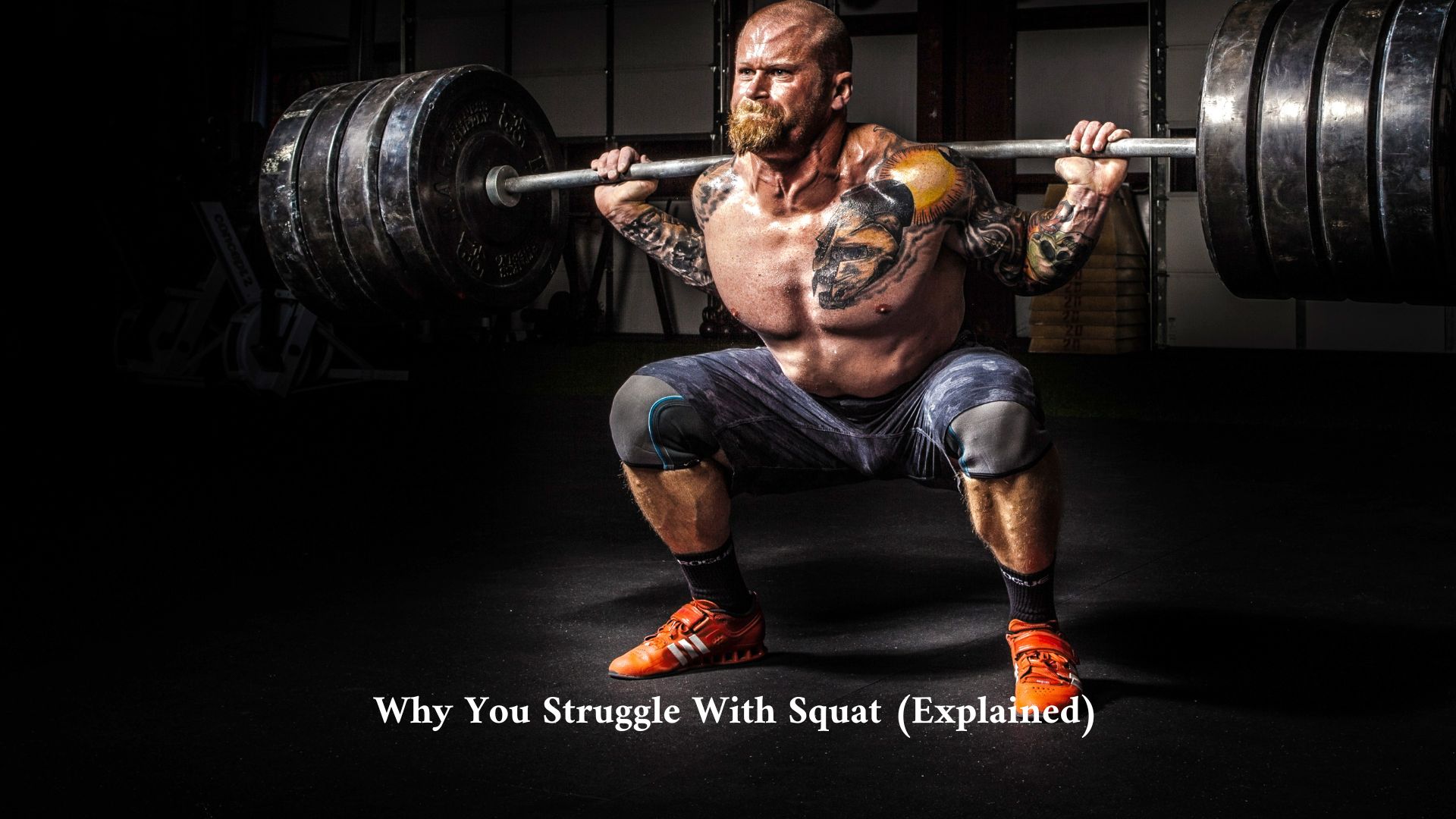Here is a chart table of 20 reasons why you may struggle with squats:
Reason |
Description |
|---|---|
| 1. Weak Muscles | Weak muscles, particularly in the legs, can make it difficult to perform squats. |
| 2. Poor Form | Incorrect form can make squats difficult to perform and increase the risk of injury. |
| 3. Lack of Mobility | Limited mobility in the ankles, hips, or shoulders can make it difficult to perform squats with proper form. |
| 4. Inadequate Warm-up | Skipping warm-up exercises can increase the risk of injury and make it difficult to perform squats. |
| 5. Excessive Weight | Attempting to lift too much weight can make squats difficult to perform and increase the risk of injury. |
| 6. Improper Breathing | Improper breathing techniques can make it difficult to perform squats with proper form and increase the risk of injury. |
| 7. Fear or Lack of Confidence | Fear or lack of confidence in your ability to perform squats can make them difficult to perform. |
| 8. Inadequate Recovery | Inadequate recovery time between squatting sessions can make it difficult to perform squats with proper form and increase the risk of injury. |
| 9. Poor Nutrition | Poor nutrition can make it difficult to perform squats with proper form and decrease your energy levels. |
| 10. Incorrect Foot Placement | Incorrect foot placement can make squats difficult to perform with proper form. |
| 11. Knee Issues | Knee issues, such as previous injuries or pain, can make it difficult to perform squats with proper form. |
| 12. Improper Shoes | Wearing improper shoes, such as shoes with a high heel or poor support, can make squats difficult to perform with proper form. |
| 13. Postural Issues | Postural issues, such as excessive anterior pelvic tilt or rounded shoulders, can make squats difficult to perform with proper form. |
| 14. Lack of Focus | Lack of focus or distraction can make it difficult to perform squats with proper form and increase the risk of injury. |
| 15. Genetics | Genetic factors, such as body proportions, can make squats difficult to perform with proper form. |
| 16. Age | Age-related changes, such as decreased muscle mass or joint mobility, can make squats difficult to perform with proper form. |
| 17. Previous Injuries | Previous injuries can make squats difficult to perform with proper form and increase the risk of reinjury. |
| 18. Fatigue | Fatigue can make it difficult to perform squats with proper form and increase the risk of injury. |
| 19. Improper Equipment | Using improper equipment, such as a bar that is too long or too short, can make squats difficult to perform with proper form. |
| 20. Lack of Coaching or Guidance | Lack of coaching or guidance can make it difficult to perform squats with proper form and increase the risk of injury. |
By identifying the reason(s) why you struggle with squats, you can take the necessary steps to address the issue(s) and improve your technique and performance.

Hey there, it’s Mike Rrsq, the Editor-in-Chief over at Jsquat.com, and I’m absolutely obsessed with all things squat fitness! I’ve been lucky enough to get some serious recognition for my work in this field. With a solid background in the fitness and wellness industry, I’ve been there right from the get-go, helping shape this website into what it is today.
You see, I’m not just the boss around here; I’m also a passionate contributor. I love sharing my insights through my articles, and trust me, they’re not your run-of-the-mill stuff. Each piece I write is a labor of love, filled with my expertise and real-world experience in the fitness universe. So, if you’re into fitness and looking for some inspiration, you’re in the right place!


